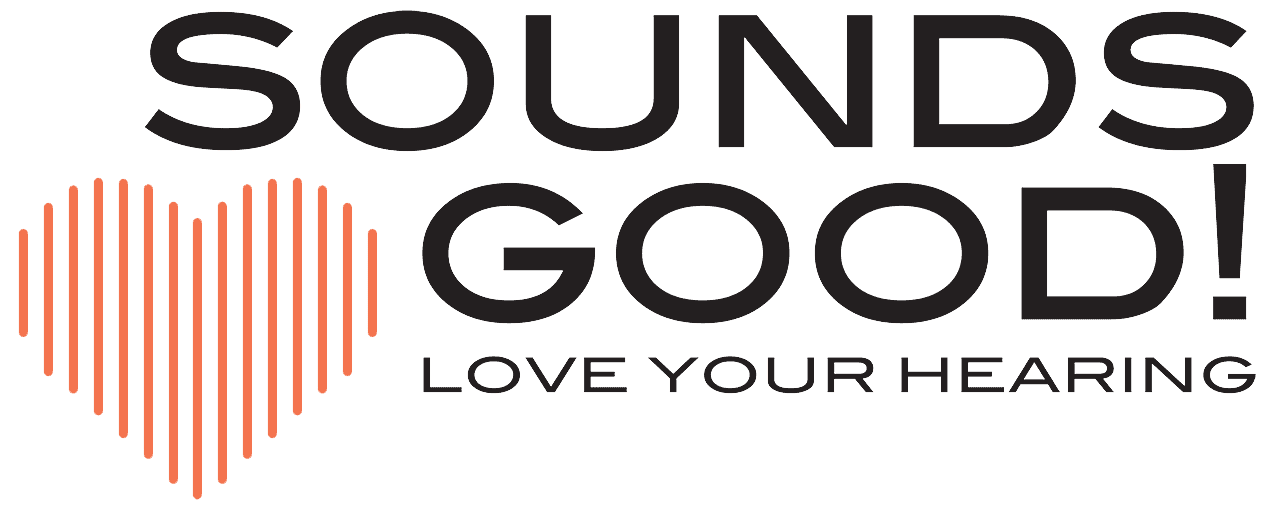- What to Know About Hearing Loss Accommodations in School - July 11, 2024
- Sign of Hearing Loss - June 10, 2024
- The Economic Benefits of Early Detection - May 6, 2024
Hearing loss is a pervasive issue that affects millions of individuals worldwide, transcending age, gender, and socioeconomic status. The mission of hearing care providers is to empower individuals and healthcare professionals alike with the knowledge and tools to recognize the symptoms of hearing loss in others. In this article, we will explore the latest advancements in hearing loss prevention, diagnosis, and management, shedding light on the importance of early detection and discussing potential futuristic interventions.
Understanding Hearing Loss
Before we delve into the recognition of hearing loss symptoms, it’s essential to have a basic understanding of the condition. Hearing loss can be categorized into three main types: conductive, sensorineural, and mixed.
Conductive Hearing Loss:
This type of hearing loss occurs when there is a problem with the middle ear or ear canal. Common causes include earwax buildup, infections, and structural abnormalities.
Sensorineural Hearing Loss:
Sensorineural hearing loss is often the result of damage to the hair cells in the inner ear or problems with the auditory nerve. Exposure to loud noises, aging, and certain medications can contribute to this type of hearing loss.
Mixed Hearing Loss:
Mixed hearing loss is a combination of conductive and sensorineural hearing loss, where both the outer or middle ear and inner ear are affected.
The Importance of Early Detection
Early detection of hearing loss is crucial for several reasons. Firstly, it can significantly improve the quality of life for affected individuals. Untreated hearing loss can lead to social isolation, depression, and reduced cognitive function. Secondly, identifying hearing loss early allows for prompt intervention, which can slow down or even prevent further deterioration.
Recognizing the Symptoms
Recognizing the symptoms of hearing loss in others can be challenging, as it often develops gradually. However, being vigilant and observant can make all the difference. Here are some common signs and symptoms to look out for:
Difficulty Hearing in Noisy Environments:
Individuals with hearing loss often struggle to follow conversations in noisy places like restaurants or crowded gatherings.
Frequently Asking for Repetition:
If someone frequently asks you to repeat what you’ve said or misunderstands your words, it could be a sign of hearing loss.
Increased Volume of the TV or Radio:
Pay attention to whether the person in question consistently turns up the volume on the television or radio to a level that others find annoying or uncomfortable.
Avoiding Social Situations:
People with hearing loss may start avoiding social situations because they find it challenging to communicate effectively. This can lead to isolation and withdrawal from social activities.
Tinnitus:
Tinnitus is the perception of ringing, buzzing, or other noises in the ears. While not exclusive to hearing loss, it often accompanies it.
Difficulty on the Phone:
Hearing loss can make telephone conversations challenging, so watch for signs of frustration or avoidance of phone calls.
Misunderstanding Spoken Directions:
If someone frequently misunderstands spoken directions or instructions, it may be due to hearing difficulties.
Inattentiveness:
Hearing loss can make individuals appear inattentive or uninterested in conversations, as they struggle to keep up with what is being said.
Family and Friends Express Concern:
Often, family and friends are the first to notice hearing loss in their loved ones. If they express concerns, take them seriously.
Advancements in Diagnosis
Thanks to recent advancements in audiology, diagnosing hearing loss has become more precise and efficient. Hearing care providers now use cutting-edge technology, such as digital audiometers and otoacoustic emissions (OAE) testing to assess hearing function accurately. Additionally, advancements in telehealth have made it easier for individuals to access hearing consultations from the comfort of their homes, increasing the convenience and accessibility of hearing screenings.
Management and Intervention
Once hearing loss is identified, effective management and intervention strategies are crucial. Traditional approaches include hearing aids, cochlear implants, and assistive listening devices. Hearing aids have seen remarkable advancements, with modern devices being discreet, comfortable, and highly effective in improving hearing quality.
In the future, we can anticipate even more exciting developments in hearing loss management. Researchers are exploring regenerative therapies to repair damaged hair cells in the inner ear, potentially offering a cure for some types of sensorineural hearing loss. Additionally, advancements in artificial intelligence and machine learning are driving the development of smart hearing aids that can adapt to different listening environments in real-time, providing a more natural listening experience.
Recognizing the symptoms of hearing loss in others is a crucial step in improving their quality of life and overall well-being. Early detection allows for timely intervention and access to the latest advancements in hearing loss management. As hearing care professionals, our duty is to spread awareness and empower individuals to seek help when needed.
Remember that compassion and understanding are key when discussing hearing loss with someone you suspect may be affected. Encourage them to undergo a hearing assessment, and reassure them that help is available. By staying informed about the latest developments in hearing loss prevention and treatment, we can make a positive impact on the lives of those living with hearing impairment and contribute to a future where hearing loss is more effectively managed.

